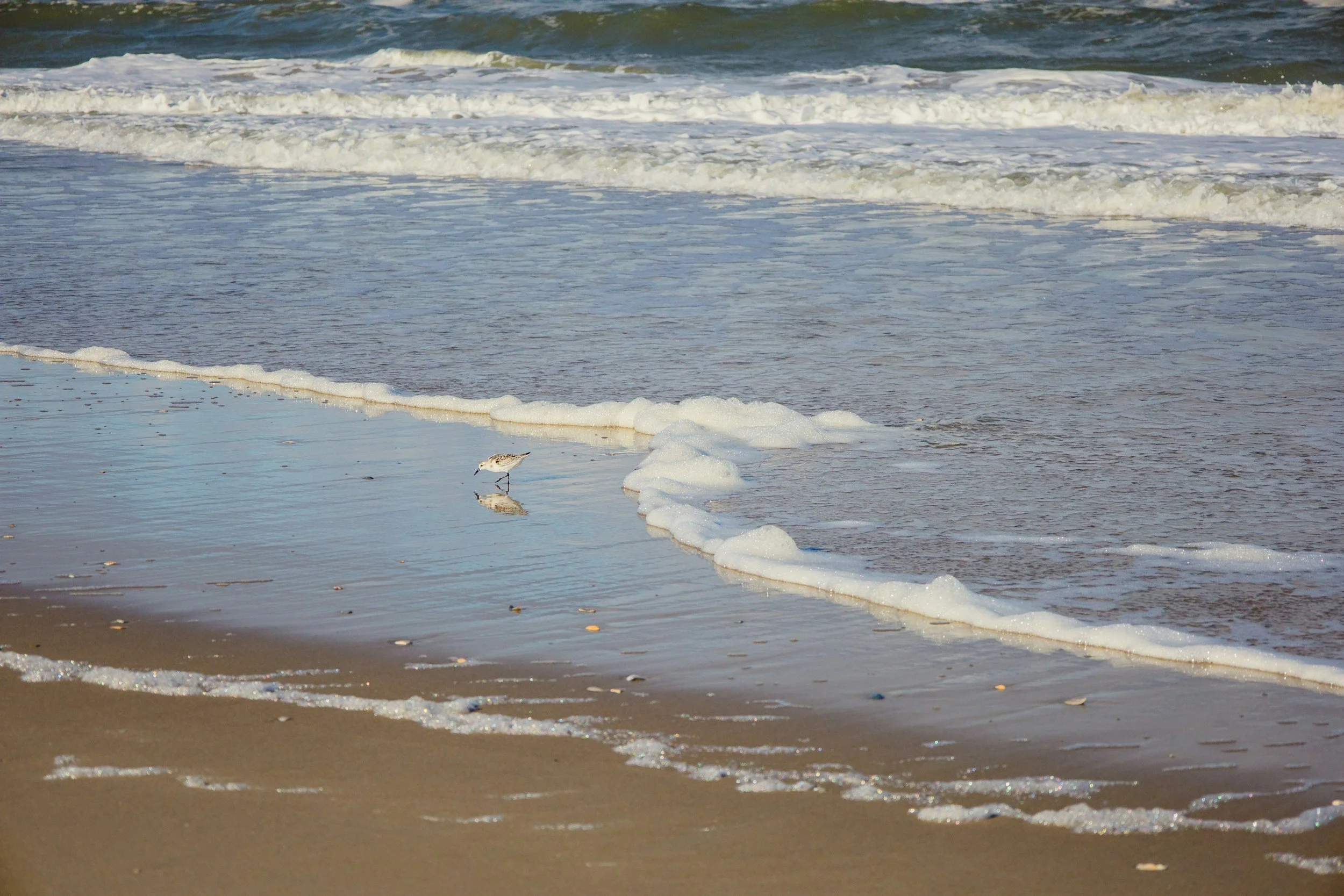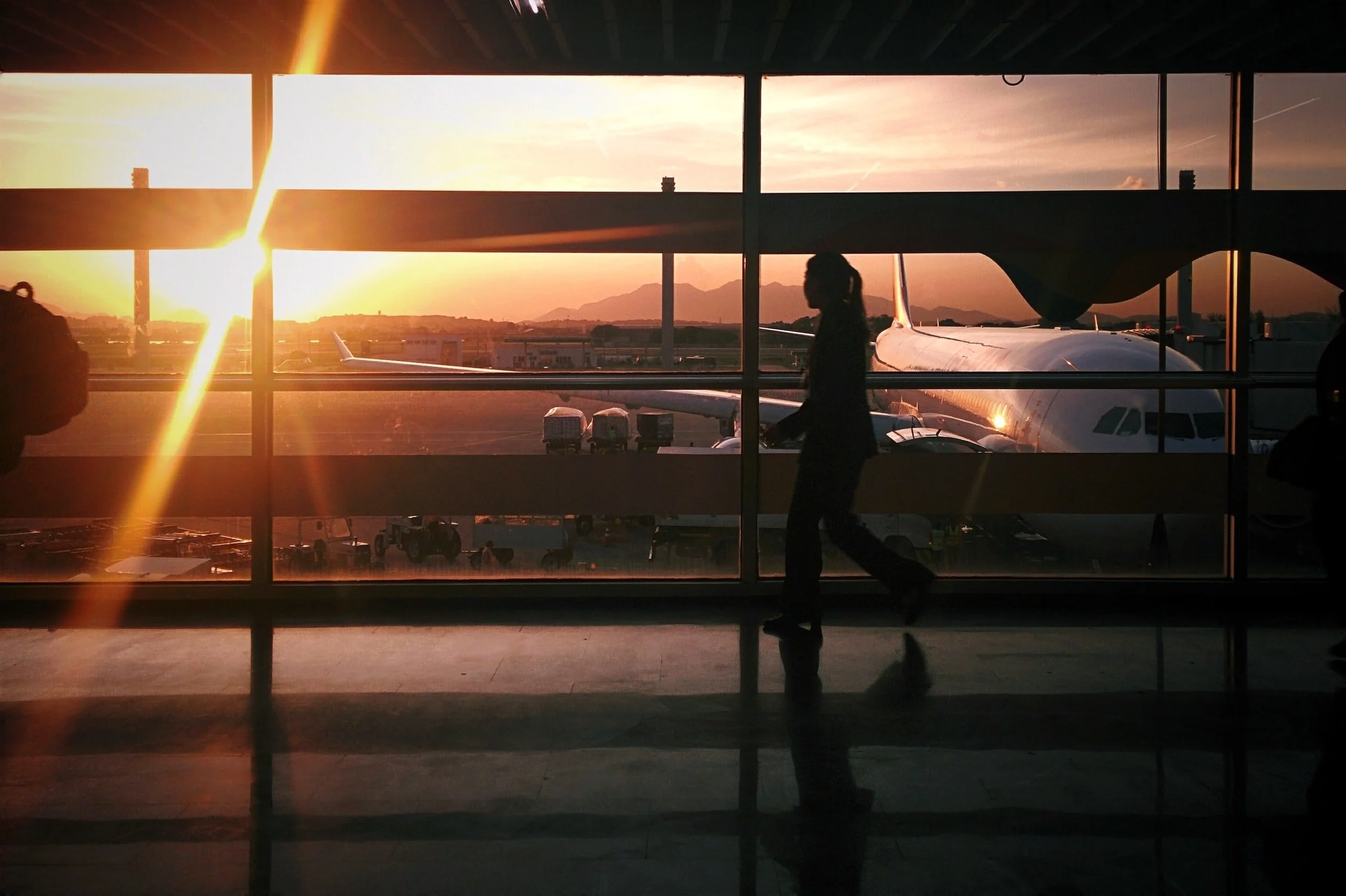The Heart Beneath the Robe of the Earth
“The world is big, and I want to have a good look at it before it gets dark.”
~John Muir~
I have never been a wilderness person, preferring to hike through urban shopping districts, explore museums and cathedrals, and slide into cafes for an espresso respite. There is no call-of-the-wild in me. But, at sixty-years of age, I craved nature’s inspiration. I wanted to see ancient beauty that would exist long after my expiration date. I wanted to see what God and Ulysses S. Grant created. My husband and I planned an adventure to the Grand Tetons and Yellowstone national park. I imagined myself within the vivid wood-cut landscape of a WPA poster. I expected soul-shifting landscapes.
We are seated in the lodge restaurant overlooking the Grand Tetons. As the sun dips into evening, the jagged peaks kaleidoscope from gray to pink to purple majesty. A woman about my age and a young boy at the neighboring table are studying an open book. The woman, I presume to be the grandmother, points to a page and says gleefully, “And that is the sacred heart of Jesus!” The subject of Jesus’ wounded heart would be peculiar conversation in any restaurant, but seems especially odd here, where the panorama beckons us to look out, not down.
I whisper to my husband about the sacred heart; he thinks eavesdropping is rude. He studies the menu in search of wild game. I continue to listen to our neighbor’s conversation.
A server asks the woman about their travels in the national parks. “The trip has been good,” grandma says, “except for Yellowstone . . . Yellowstone was just awful.” The server does not come to the park’s defense. “Hmm,” she says. “I’ve heard people say that.” I will later learn the college-age seasonal staff are not local; the server cannot vouch for Yellowstone because she does not know Yellowstone. But at that moment, I worry. Out of the whole of the national park system, did we choose “awful?”
Earlier in the day, John and I had hiked in the Tetons, he with a canister of bear spray dangling from his belt. “Now is when the bears come out of hibernation; they are very hungry,” a park ranger had said. We handed her forty-five dollars. She told us bear spray will disable a Grizzly more effectively than a gun. Human noise is the best way to discourage an encounter, especially when turning corners. “You don’t want to surprise a Grizzly.” If a bear approaches, raise your arms, make yourselves big and walk backwards, slowly. Disarm the safety, grasp the canister and point the bear spray nozzle just below the bear’s head. Shoot two-second bursts until the bear stops its approach. Run the direction you came from.
My Sperry topsiders, suitable for a slick boat deck, were less effective on the craggy rocks, smooth pebbles, and tree-trunk bridges of a Tetons hiking trail. Our one-and-a-half mile trail, labeled “easy to moderate” ascended then descended to a mountain lake. Our progress was slow and deliberate. Let the bears know you’re there. I clapped and sang a song from my childhood— the Teddy Bear’s Picnic. “If you go out in the woods today, you’re sure of a big surprise.” There was satisfaction in proclaiming my existence. I am here. Here I am!
The day after our hike, we depart the Grand Tetons for Yellowstone. The highway leads into the plains where we see a herd of bison as in a spaghetti western, walking and grazing, resting lazily or sprinting across the meadow, buoyed by the freedom and safety of their unfenced sanctuary. We pull to the side of the road, rolling down our windows to watch these huge animals, none of whom seems to care we are there. We will learn that bison injure more people than any other animal in Yellowstone. In the coming days, we will roam off course to avoid these thousand-pound beasts resting on the path to our hotel. We will stand on elevated walkways, looking down on bison lazing near the hot springs. We will stop our rental car in the road to let bison cross.
A ten-mile drive north from the Grand Tetons Mountain Range to Yellowstone would be short if not for the bear jam created by travelers parked alongside the road. There must be twenty people standing on a grassy shoulder, many with cameras on tripods. There is rumor of a distant Grizzly in a meadow, a good distance down the hill and beyond a brace of bushes. The bear is at least 100 yards away as the crow flies.
A murmur from the crowd telegraphs the appearance of the Grizzly-in-question, and I pivot to frame a few shots with my pocket Canon. Later, I’ll use a laptop to crop the photograph, so it looks like the bear is within singing distance. Similar photos by highway photographers will emigrate to far-flung places— China, Germany, the United Kingdom, Japan and Argentina.
The Old Faithful Inn is considered the biggest log cabin in the world. Its central building, described as “national park rustic,” is a log-and-limb structure, inside and out, with a massive, stone fireplace flanked by rocking chairs. The inn represents a leap of faith, built in this wilderness during hard winter months, between 1902 and 1904, with local timber and stone. It’s a coveted spot for the tourists who pass through the inn every day, each person waiting to pounce upon a vacated rocking chair by the storied fireplace. For the next three days, we will occupy a room in one the adjacent buildings, whose rooms are minimalist. No need for creature comforts here; there are abundant creatures outside our door.
The human herd gathers to see the Old Faithful Geyser erupt. People have filled the benches and the remainder stand with cameras, waiting for the plume to shoot ninety to one-hundred-eighty-four feet, once every thirty-five to one-hundred-twenty minutes. I wonder how many of these sojourners, when at home, take time to wait for one thing to happen.
We have arrived early in the season. Nevertheless, Yellowstone feels crowded, with tourists migrating on coach buses and in rental RV’s. Wouldn’t it be nice, I think, if the park was less crowded? Expecting to watch Old Faithful erupt with a small group is like going to the Vatican, expecting you’ll be able to stand in the Sistine Chapel with a few of your closest friends.
The steamy volcano-powered water-features warm us, in spite of the sleet and snow. It feels extraterrestrial. I expect to see the young Luke Skywalker zoom over the horizon on a hovercraft, past geysers, hot springs, and mud pots. There are expanses of barren land where grass cannot grow. Dead trees, casualties of a forest fire, look like pick-up-sticks. Warning signs abound. Do not approach the bison. Do not feed the bears. Do not walk off the boardwalk near the hot springs. Steam burns.
Animal excrement dots the soil. Since our arrival in the national parks, we have a new hobby—scat identification. We take I-phone photos of random scat to identify later on the hotel computer. It is thrilling to know that, close to where we have walked, has been bear and elk and wolf. “Do you ever dispose of the scat?” I ask a park ranger dressed in a Smokey Bear hat. “No, no,” she says. Scat has its purpose in the circle of life, as does everything in this strange place.
I imagine the Grandmother I had eavesdropped, in the lodge restaurant, walking these boardwalks. The boy asks, "Why are the trees dead? Why is there animal poop all over the place? Why can animals sit on the ground, but we can’t? Why is there mud coming out of that hole? Why is the earth cracked? Where does that steam come from? How come it smells so bad?"
Much of what we see is the consequence of what lies beneath. We are all standing on an active volcano. Magma several miles underground heats and recirculates water that has seeped into the ground. Everything is alive.
Yellowstone Park is a caldera (aka crater), an active super volcano. As its name implies, a super volcano is robust—1,000 times more powerful than your average volcanos. Its ash would travel as far as Chicago, San Francisco and Calgary. The park ranger says the last eruption was 640,000 years ago. Seismic activity is monitored by the Yellowstone Volcanic Observatory. According to the National Park Service, "Nothing can be done to prevent an eruption. The temperatures, pressures, physical characteristics of partially molten rock, and immensity of the magma chamber are beyond human ability to impact—much less control."
This place will outlast every tourist strolling along its boardwalks. Earth rules.
I feel my insignificance and mortality here, where steam creates a prismatic mist in the frigid air. It’s an unfamiliar sensation to stand willingly in a place of potential danger. The normal me would not walk into mountain forests singing my song if I knew a Grizzly was around the next corner. Nor would I stand on a volcano if I believed, in moments, I might become ash. But here I am with feet planted on a volcano that could blow spectacularly.
“The presence of Nature, inspiring awe, in all her awful loveliness.” wrote novelist George Eliot. Here at Yellowstone, the fire and churning magma are the heart under the robe of the earth, a sacred place where life, death, and excrement coexist.
The grandmother was correct— Yellowstone is “awful.” It is also magnificent.
-Kimberly Crum
Kimberly Crum received her MSW from the University to Iowa and her MFA in writing from Spalding University. She enjoyed a social work career in health care and psychiatry before becoming an essayist and adjunct literature and writing professor. Now, as the sole proprietor of a writing instruction studio located in a repurposed slaughterhouse, she teaches memoir and personal essay to aspiring writers who want to tell true stories, for posterity or publication. She has been published in journalistic and academic and literary magazines. Currently, she is working to finish a segmented memoir titled Slouching Toward Self-Actualization.






















